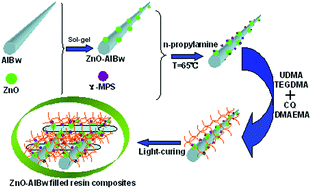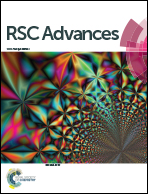ZnO–AlBw-reinforced dental resin composites: the effect of pH level on mechanical properties
Abstract
The aim of the present study was to investigate the effect of the pH level on the reinforcement of Zn-fused ceramic whisker composites. Zinc oxide (ZnO)-fused aluminum borate whiskers (AlBw) were used to strengthen dental resin composites, and the pH level was found to be a pivotal parameter that determined the composite strength. Another purpose of this study was to investigate the effect of the pH level on the bending strength, elastic modulus, compressive strength and hardness of the composites at pH = 6.0, pH = 6.2, pH = 6.4, pH = 6.6 and pH = 6.8. Each mixture was thermally fused, then silanized and combined with a dental resin at a filler mass percentage of 50%. X-ray diffraction (XRD), scanning electron microscopy (SEM) and energy dispersive X-ray (EDX) spectroscopy were employed to characterize and analyze the AlBw, the ZnO-AlBw and the fracture surface of the resin composites. The highest bending strength (MPa) was observed for the group with pH = 6.4 (140.58 ± 12.86, n = 5), and the minimal bending strength was observed for the group with unmodified AlBw (73.20 ± 6.12, n = 5). The compressive strength and bending strength were the opposite, the group with unmodified AlBw was highest (332 ± 40, n = 5), and the group with pH = 6.4 was lowest (298 ± 20, n = 5). Reinforcement with ZnO-fused AlBw resulted in novel dental resin composites that possessed a bending strength higher than the unmodified whiskers.


 Please wait while we load your content...
Please wait while we load your content...